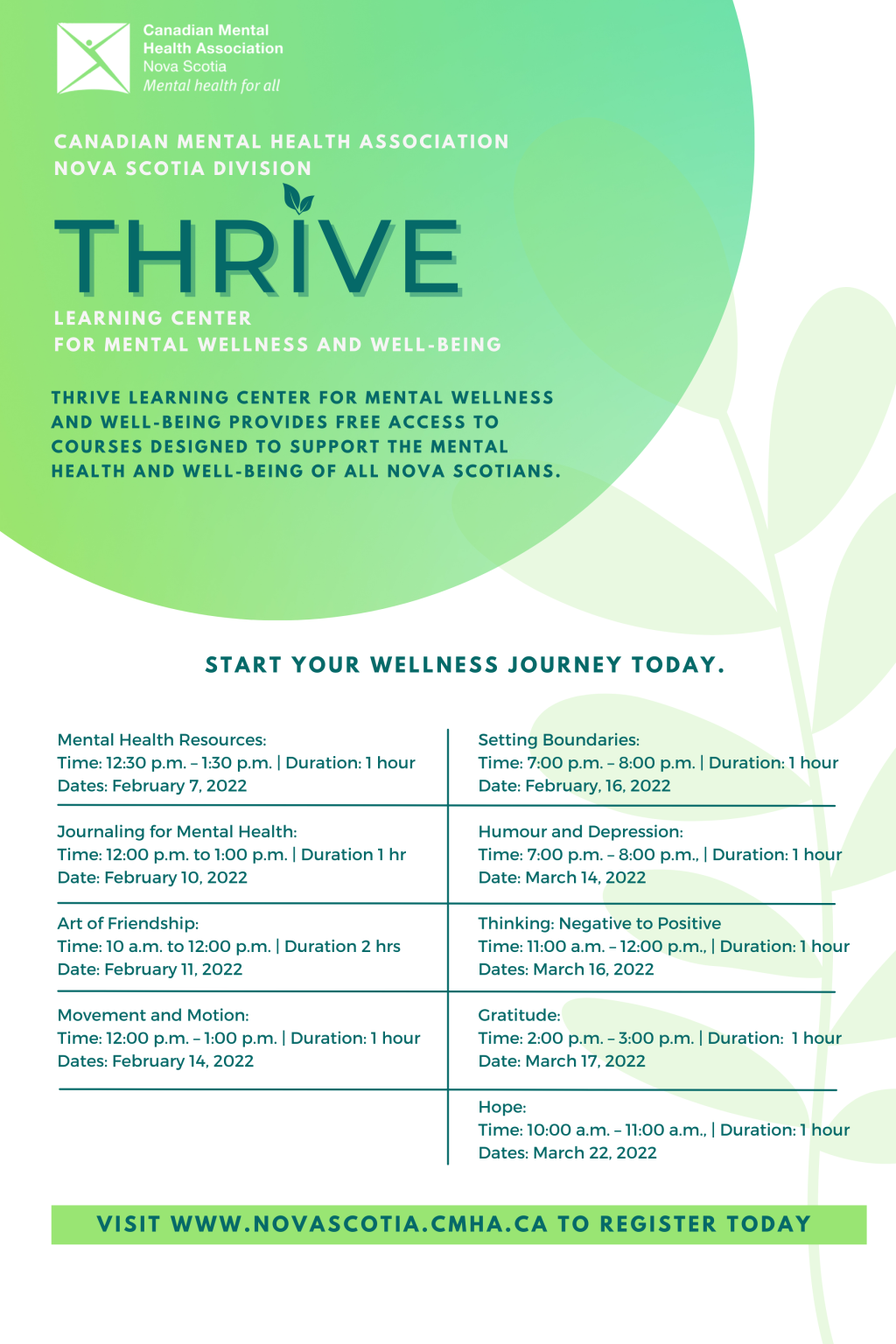Transform Your Lifestyle With The Healthy Living 7 Curriculum Nova Scotia: Unleash A Healthier You Today!
Exploring the Healthy Living 7 Curriculum in Nova Scotia
Greetings, Readers! Today, we delve into the topic of the Healthy Living 7 Curriculum in Nova Scotia. In this article, we will provide you with valuable information on this curriculum, its benefits and drawbacks, as well as answer some frequently asked questions. Let’s jump right in!
Introduction
2 Picture Gallery: Transform Your Lifestyle With The Healthy Living 7 Curriculum Nova Scotia: Unleash A Healthier You Today!


The Healthy Living 7 Curriculum in Nova Scotia is a comprehensive educational program designed to promote healthy lifestyles among students. It focuses on various aspects of well-being, including physical activity, nutrition, mental health, and personal safety. This curriculum aims to equip students with the knowledge and skills necessary to make informed decisions about their health and lead fulfilling lives.
Now, let’s take a closer look at the key points of the Healthy Living 7 Curriculum:
What is the Healthy Living 7 Curriculum?

Image Source: thompsonbooks.com
The Healthy Living 7 Curriculum is a curriculum developed by the Nova Scotia Department of Education and Early Childhood Development. It is designed for students in grade 7 and covers a wide range of topics related to health and wellness. The curriculum provides a framework for teachers to deliver lessons and activities that promote healthy living habits.
Curriculum Goals
The main goals of the Healthy Living 7 Curriculum are to:
Develop an understanding of factors that contribute to a healthy lifestyle.
Promote physical activity and regular exercise.
Encourage healthy eating habits and nutrition.
Foster positive mental health and well-being.
Teach strategies for personal safety and injury prevention.
Develop skills for healthy relationships and communication.
Empower students to make informed decisions about their health.
Curriculum Components

Image Source: cmha.ca
The Healthy Living 7 Curriculum consists of various components, including:
Physical Education: Engaging in physical activities and learning fundamental movement skills.
Health Education: Understanding health concepts, making healthy choices, and developing healthy habits.
Home Economics/Family Studies: Learning about nutrition, food preparation, and making healthy food choices.
Personal Development and Relationships: Exploring personal identity, self-esteem, and healthy relationships.
Life Skills: Developing skills related to decision-making, problem-solving, and goal-setting.
Who Benefits from the Curriculum?
The Healthy Living 7 Curriculum benefits students, teachers, parents, and the community as a whole. Students gain essential knowledge and skills that contribute to their overall well-being. Teachers have a structured framework to guide their instruction. Parents gain insights into their child’s health education and can reinforce healthy habits at home. The community benefits from having a generation of individuals who are equipped to make healthy choices and lead healthier lives.
When and Where is the Curriculum Implemented?
The Healthy Living 7 Curriculum is implemented in schools across Nova Scotia. It is typically introduced in grade 7, providing students with a foundation for healthy living as they transition into adolescence. The curriculum is taught throughout the school year, with lessons integrated into various subject areas, such as physical education, health education, and home economics.
Why is the Healthy Living 7 Curriculum Important?
The Healthy Living 7 Curriculum is important for several reasons:
Health Education: It equips students with essential knowledge and skills to make informed decisions about their health.
Disease Prevention: It promotes healthy habits and behaviors that can reduce the risk of chronic diseases later in life.
Empowerment: It empowers students to take charge of their own health and well-being.
Holistic Approach: It addresses various aspects of health, including physical, mental, and social well-being.
Long-Term Impact: It lays the foundation for a lifetime of healthy choices and habits.
How is the Curriculum Implemented?
The Healthy Living 7 Curriculum is implemented through a combination of classroom instruction, physical activities, and experiential learning. Teachers incorporate a variety of teaching methods, including group discussions, hands-on activities, and multimedia resources. The curriculum also encourages collaboration with community partners, such as health professionals and local organizations, to provide students with real-world connections to health and wellness.
Advantages and Disadvantages of the Healthy Living 7 Curriculum
Like any educational program, the Healthy Living 7 Curriculum has its advantages and disadvantages. Let’s take a closer look:
Advantages
Comprehensive: The curriculum covers a wide range of health-related topics, ensuring students receive a holistic education.
Life Skills Development: It helps students develop essential life skills, such as decision-making, problem-solving, and goal-setting.
Preventive Approach: By promoting healthy habits, the curriculum aims to prevent future health issues and improve overall well-being.
Community Engagement: The curriculum encourages collaboration with the community, fostering a sense of collective responsibility for health promotion.
Teacher Support: The curriculum provides teachers with resources, guidelines, and professional development opportunities to effectively deliver the content.
Disadvantages
Time Constraints: Implementing the curriculum may require additional time, potentially impacting other subject areas.
Evaluation Challenges: Assessing the impact of the curriculum on student health outcomes can be complex and time-consuming.
Resource Limitations: Limited funding and resources may affect the implementation of certain components of the curriculum.
Societal Factors: External factors, such as socioeconomic status and cultural influences, can influence the effectiveness of the curriculum.
Teacher Preparedness: Some teachers may require additional training and support to effectively deliver the curriculum content.
Frequently Asked Questions
1. Is the Healthy Living 7 Curriculum mandatory in all Nova Scotia schools?
Yes, the Healthy Living 7 Curriculum is mandatory in all Nova Scotia schools. It is an integral part of the provincial curriculum and is taught in grade 7.
2. Can the curriculum be adapted for students with special needs?
Yes, the curriculum can be adapted to meet the needs of students with special needs. Teachers provide individualized support and accommodations to ensure all students can fully participate in the program.
3. Are parents involved in the implementation of the curriculum?
Parents play a significant role in supporting the implementation of the curriculum. They are encouraged to reinforce healthy habits at home and actively engage in their child’s health education.
4. How is the effectiveness of the curriculum assessed?
The effectiveness of the curriculum is assessed through various methods, including student evaluations, feedback from teachers and parents, and monitoring of health outcomes over time.
5. Are there any additional resources available for teachers and parents?
Yes, the Nova Scotia Department of Education and Early Childhood Development provides resources and support materials for teachers and parents to enhance the implementation of the curriculum.
Conclusion
In conclusion, the Healthy Living 7 Curriculum in Nova Scotia is a comprehensive program that aims to equip students with the knowledge and skills necessary for a healthy lifestyle. It covers various aspects of health and wellness, promotes healthy habits, and empowers students to make informed decisions about their well-being. While the curriculum has its advantages and disadvantages, its overall impact on the health and well-being of students is significant. Let’s continue to prioritize the health of our youth and support the implementation of this valuable curriculum.
Final Remarks
Disclaimer: The information provided in this article is for educational purposes only. It is not intended as a substitute for professional medical advice, diagnosis, or treatment. Always seek the advice of your physician or other qualified health providers with any questions you may have regarding a medical condition.
This post topic: Wellness Insights



